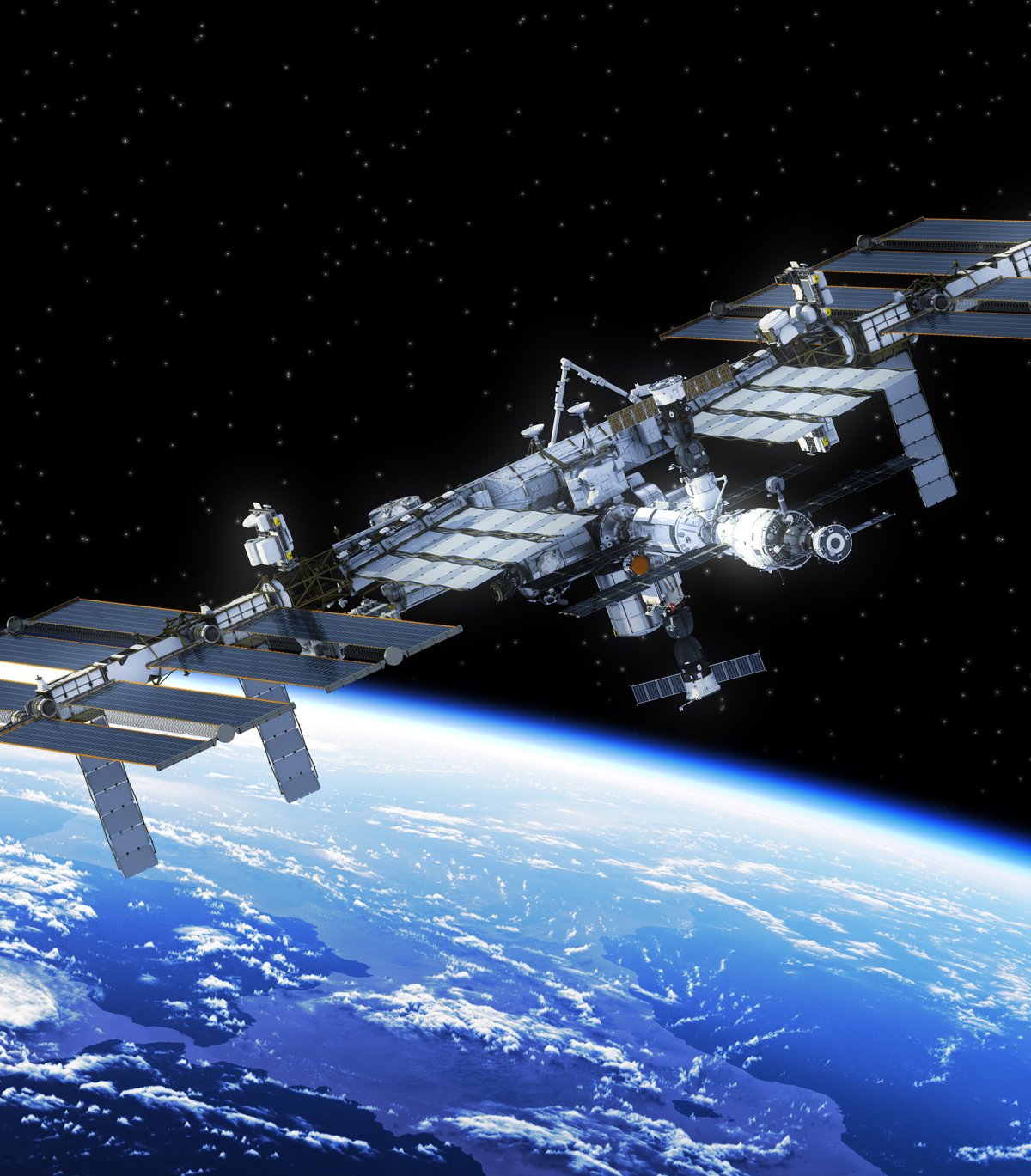If you’ve watched science fiction movies like ‘2001: A Space Odyssey’ and the ‘Alien’ series, you may have noticed that astronauts are represented in some of the stories. on ships equipped artificial gravity.
This means that unlike reality, where crew members must deal with microgravity and its consequences on the International Space Station (ISS), artificial gravity will create an environment that simulates the effects of terrestrial gravity. Thus, activities at the station can be carried out in a more similar way to those on Earth.
Although this idea is often seen in movies and other works of science fiction, artificial gravity has already been considered by some well-known scientists. For example, German mathematician Albert Einstein did not directly address gravity simulation, but his work on the General Theory of Relativity contributed to other scientists theorizing about this possibility.
If it were possible to apply this type of gravitational force in space contexts, crews would face fewer challenges. Finally, Microgravity and total weightlessness for long periods in space can cause a variety of health problemssuch as visual impairment and loss of muscle and bone mass.
The Canadian said, “Weightlessness is a wonderful thing. But it doesn’t come for free. If you don’t put constant stress on your body, you can become incredibly lazy. Your muscles will start to melt. Your bones will start to be reabsorbed by your body.” astronaut Chris Hadfield in an interview with the Canadian Space Agency (CSA).
So if researchers If artificial gravity has already been considered, why hasn’t it been applied to spacecraft or the International Space Station (ISS) yet? The answer is relatively simple, but the challenges of making this idea feasible are extremely complex.
Artificial gravity on the Space Station?
Some scientists have developed hypotheses about how artificial gravity could be created in the space environment, and some of them are not completely impossible. The main obstacle is the available technology; The equipment and resources available today will not be sufficient to create a system that can simulate the gravitational force around the ISS.. However, there are some possible ways to achieve this.
For example, one of the most popular solutions to this possibility is the use of centrifugal force. Essentially, engineers would build a space station with one part rotating around one of the axes. With accurate calculations and correctly applied force, it will be possible to simulate gravity similar to that on Earth.
In his message to the newspaper ABC ScienceJohn Page, senior professor of mechanical engineering, noted: In order to develop such a system, a space station much larger than a football field would need to be built.
By comparison, the ISS is the size of a small apartment. In other words, building something this size and sending it into space would be extremely costly and complex.
Besides, Because such technology does not yet exist, scientists do not know how astronauts’ bodies would respond to a system that simulates the force of gravity. – could be even worse than what’s already happening in space. However, there is a much more important factor that explains why humanity has not yet developed this technology.
The importance of microgravity
Focus of the United States National Aeronautics and Space Administration (NASA) and other space agencies It is a study carried out in a microgravity environment.. This situation is unique and allows many experiments to be carried out that would be impossible or would not give such complete results.
Microgravity allows scientists to study reactions that cannot be replicated on Earth, such as studying their effects on the human body.. Thanks to the unique features of this space laboratory, many other biological, chemical and physical processes are also investigated on the ISS.

If engineers and experts developed a system that simulates artificial gravity, scientists aboard the International Space Station would lose the ability to conduct research in microgravity. In short, this is why creating something similar is not a priority for space agencies..
“The International Space Station is a unique laboratory for one specific reason: microgravity. There is no other facility available that allows humans to conduct research in a stable, continuous microgravity environment, where disciplines from materials science to microbiology are encountering new exciting results,” NASA said in the press. official Daniel Huot said in a message to the website. Astronomy.
Did you like the content? Therefore, stay updated with more curiosities and physics studies on TecMundo and take the opportunity to share the article on your social networks. Until later!
Source: Tec Mundo
I’m Blaine Morgan, an experienced journalist and writer with over 8 years of experience in the tech industry. My expertise lies in writing about technology news and trends, covering everything from cutting-edge gadgets to emerging software developments. I’ve written for several leading publications including Gadget Onus where I am an author.













